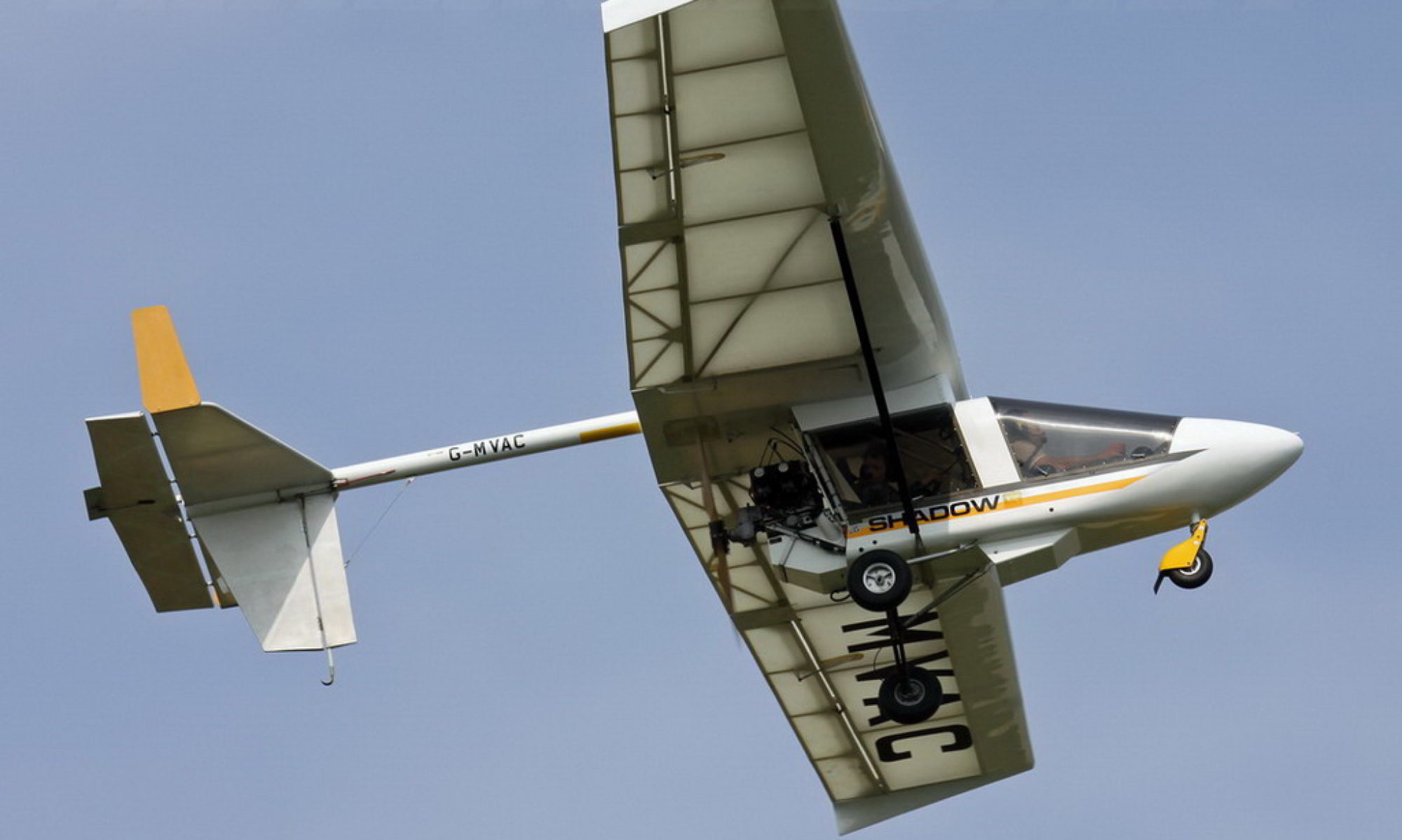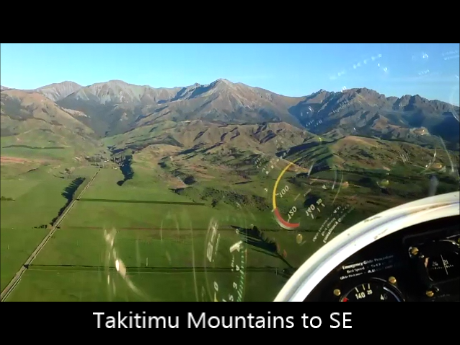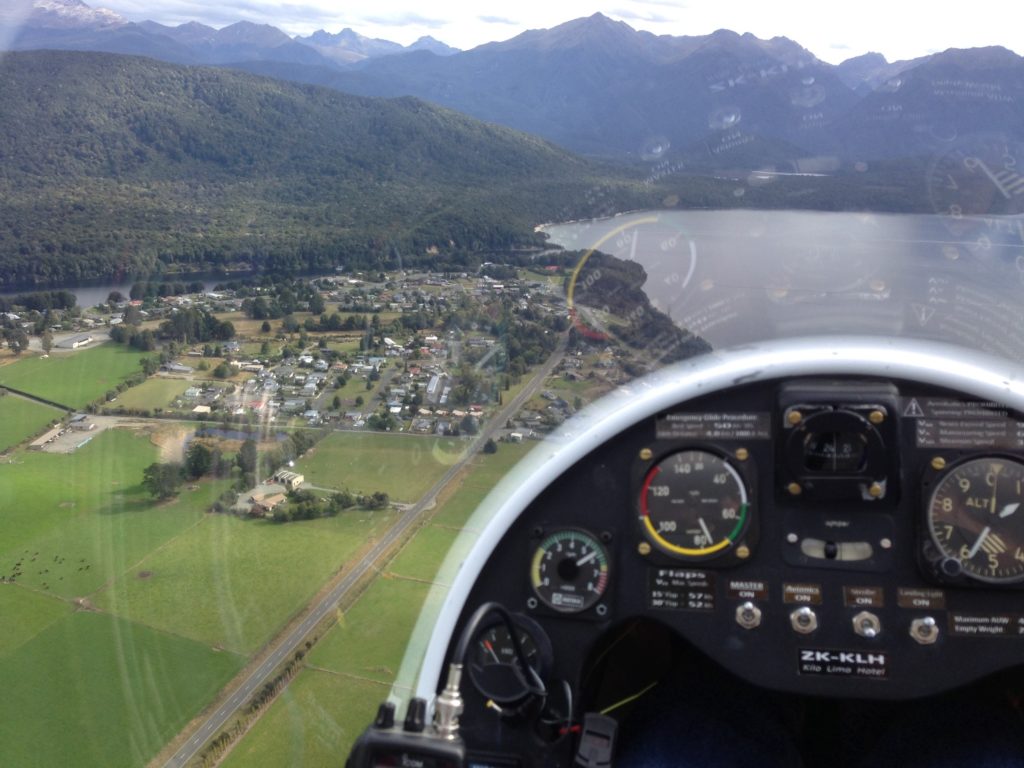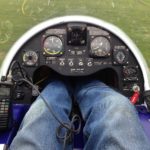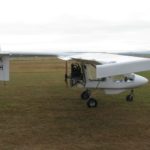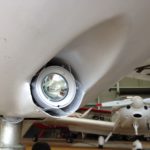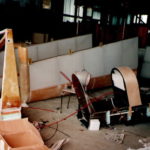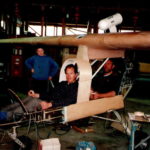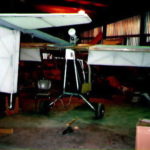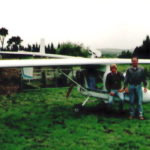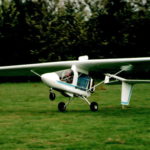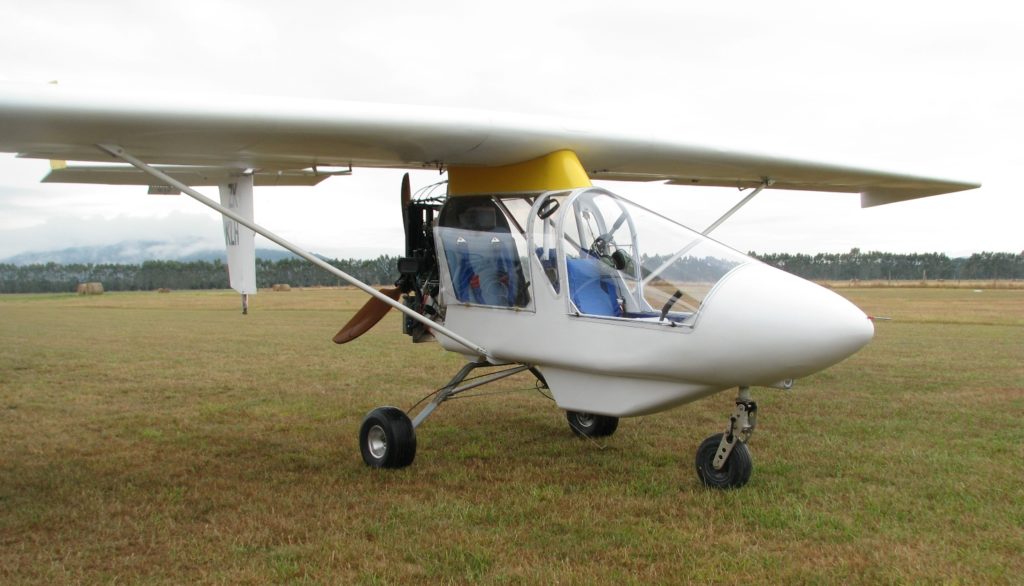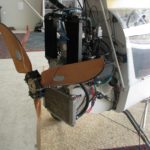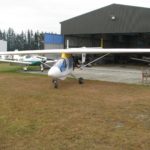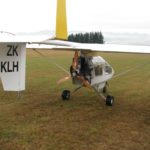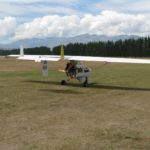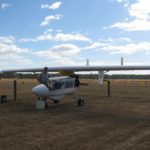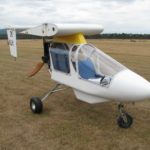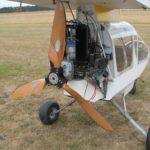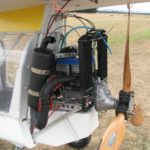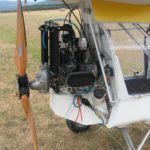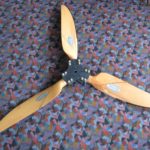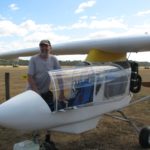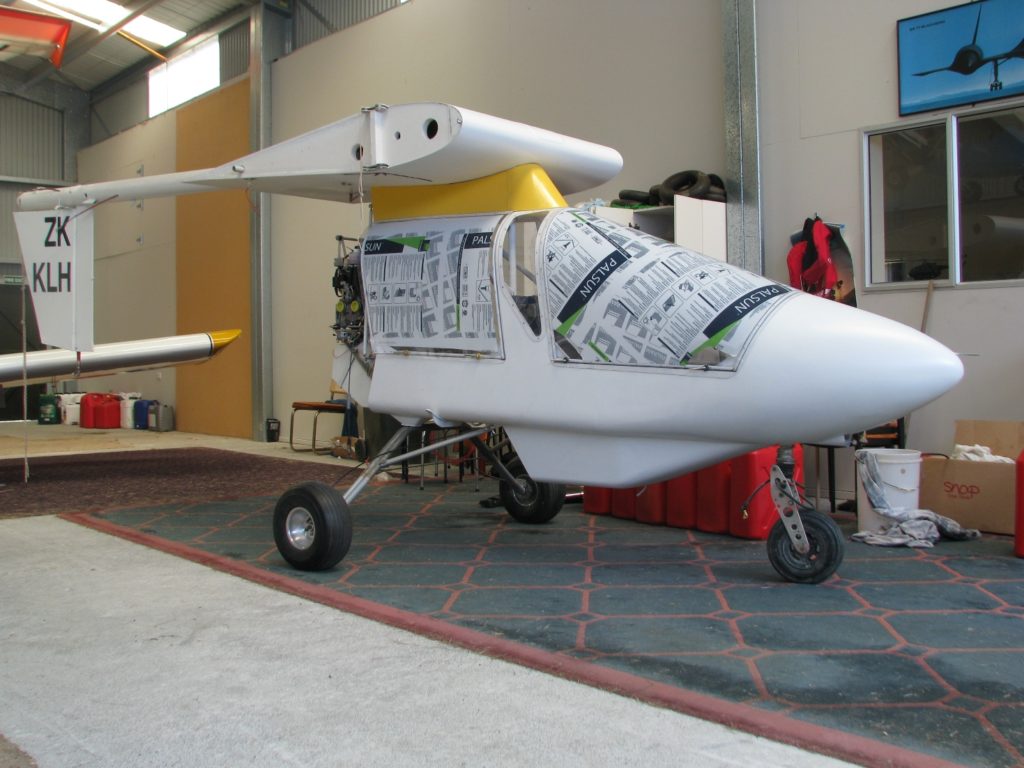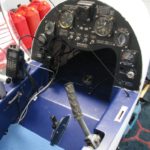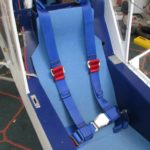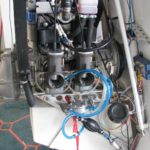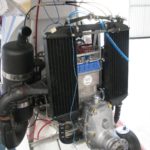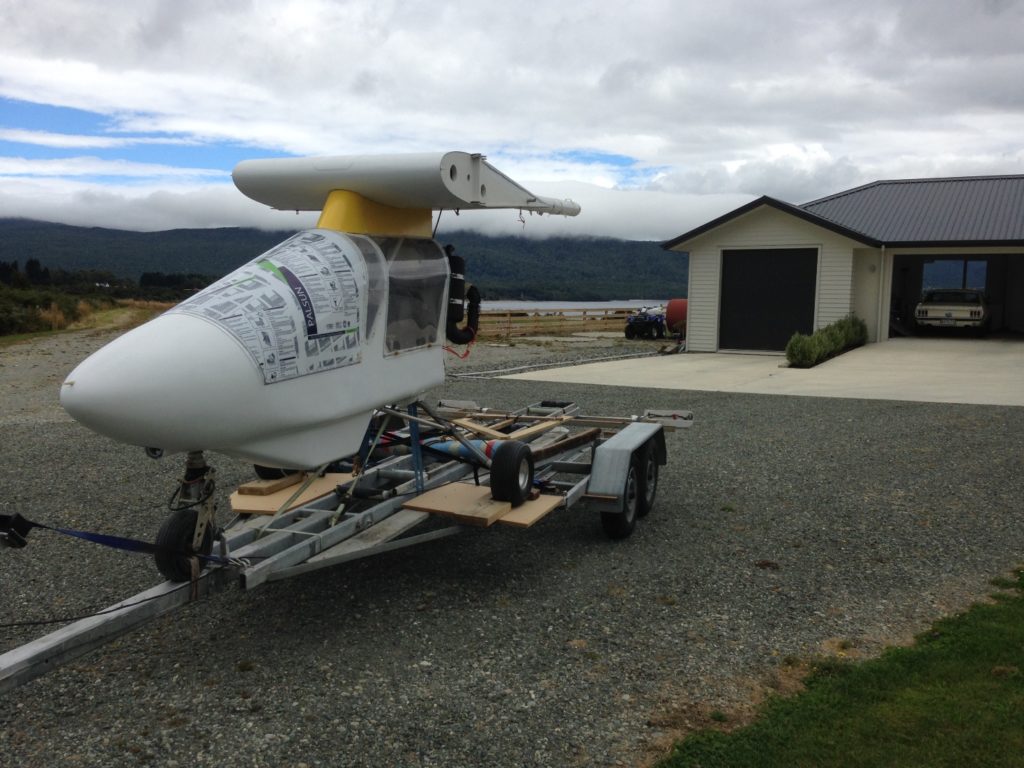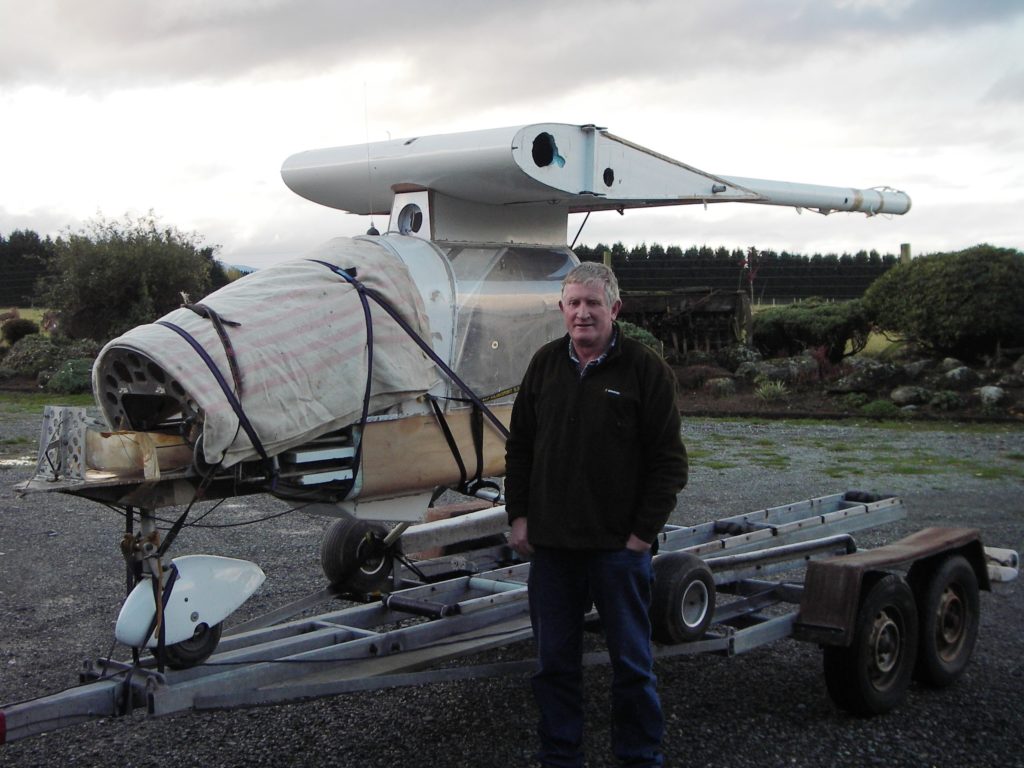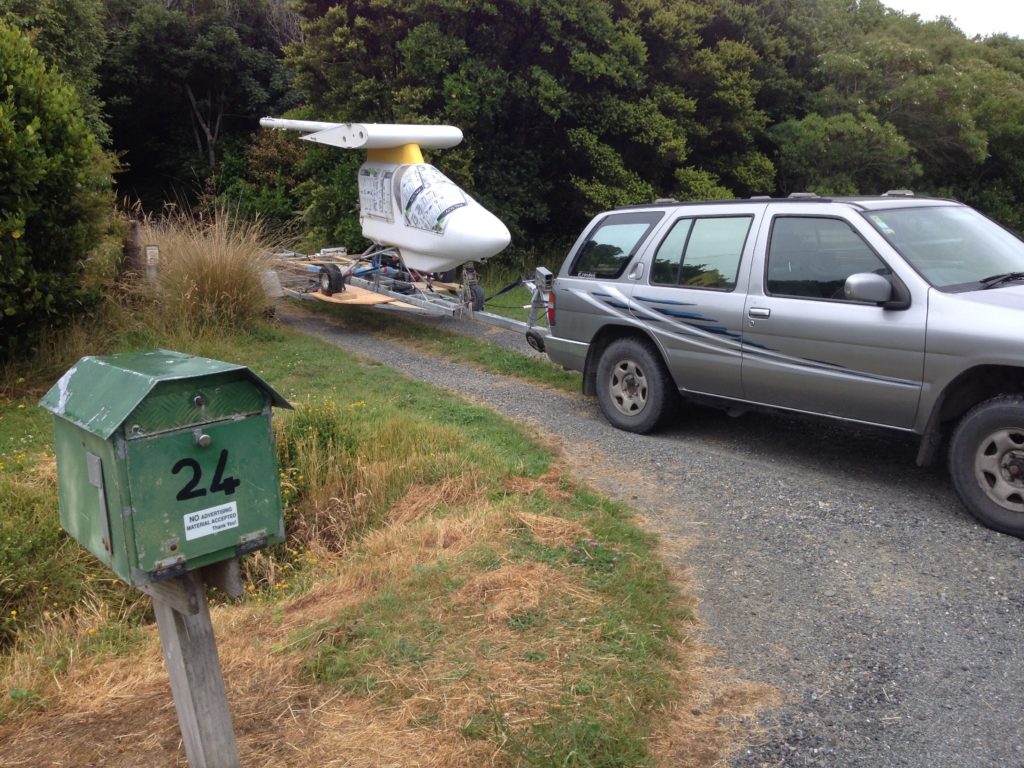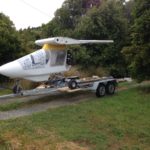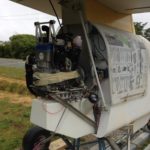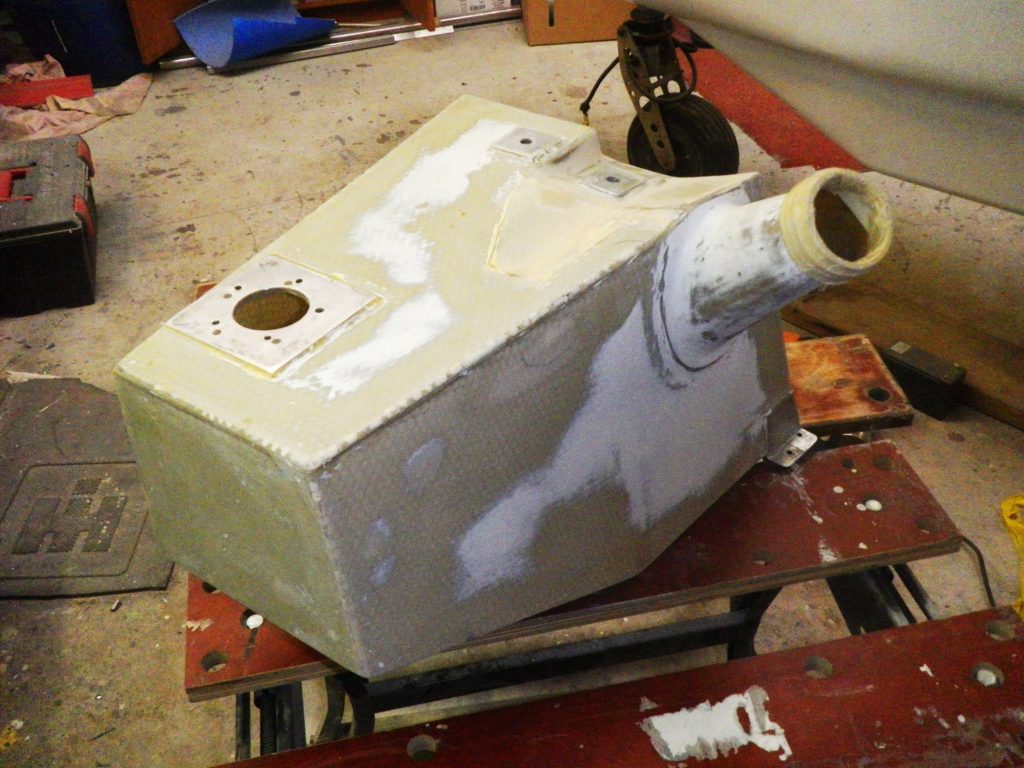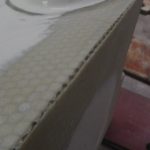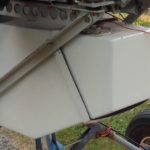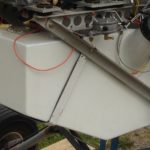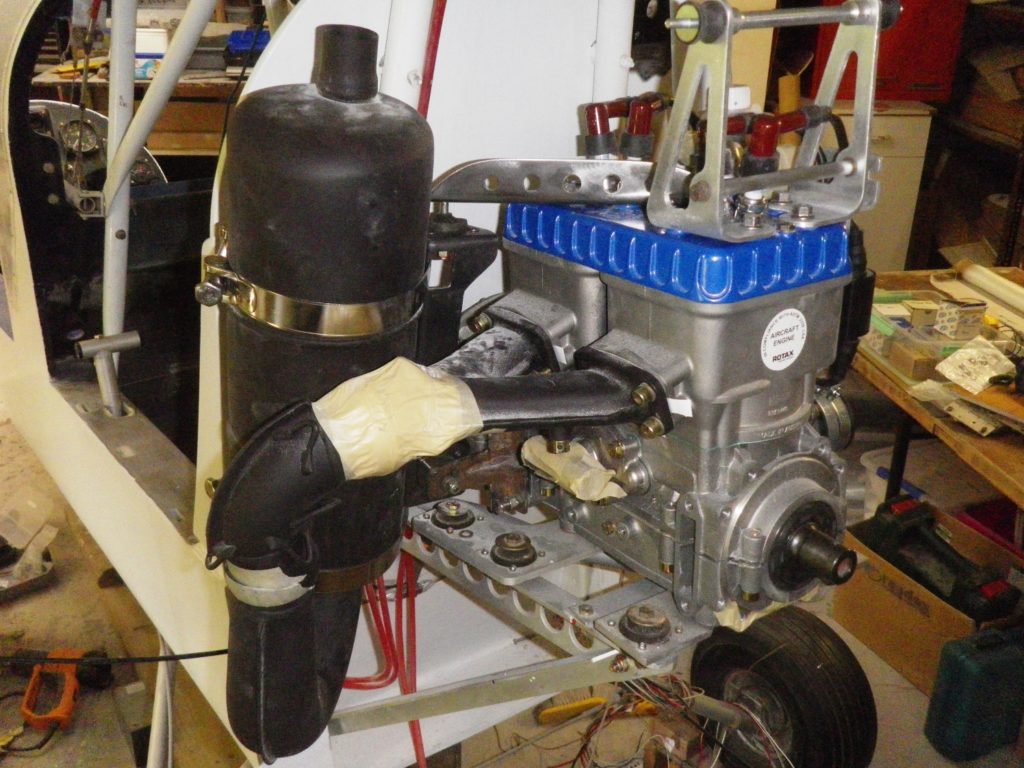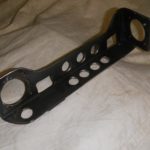I took the opportunity to spend a weekend at Manapouri flying my recently-restored 1988 Shadow microlight aircraft. Beautiful smooth conditions, although the air was very cold..
Enjoy the short video that i took with my mobile phone, while flying near a tiny settlement called “The Key”.
The Te Anau/Manapouri basin is about 600ft (200m) ASL and surrounded by high mountains. Although it can get gusty NW winds, particularly in spring, the basin is pretty sheltered from bad weather. Nicest flying is typically in autumn and winter when air is cooler and still. In mid-summer, we’ve had some neat flights between 7 – 10pm in evening.
The Fiordland mountains lie to the west of two stunning lakes (L Te Anau + L Manapouri). Aside from the developed farmland, from the air you appreciate the many tiny lakes, wetlands, streams, rock outcrops and other interesting landforms.
I never tire of flying in this area. No airspace restrictions below 28,500ft, and only 1 commercial flight a week into Te Anau Airport, so I can relax.
I’m trying different intercom systems in an attempt to increase clarity of radio comms. Need to reduce engine noise and electrical static.
Best option was the PS Engineering “Aerocom 3” intercom, but the Shadow guys in UK enthused about the Microavionics radio interface and ANR headsets, so I’ll probably buy that.
